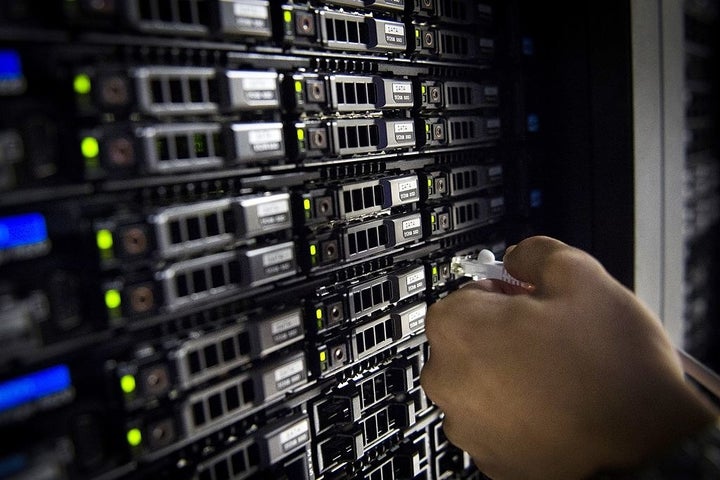Source Link
This is the first part of an essay on the evolution of the digital environment in geopolitics. Antonia Colibasanu is an expert on geopolitics and strategic intelligence analysis, and an associate lecturer at the Academy of National Intelligence and the University of Bucharest in Romania. The views expressed are the author's own.
The digital environment is borderless -- so runs the belief. Just as innovation is not bound to a location or culture, but it is developed by the universal human mind, the digital world, evolving through innovation, has no centered source. It is global and decentralized. It supports and fuels globalization. However, as we observe the downsides of globalization, and while technological progress rapidly makes of the digitized sector a main feature of the 21st century, we can see that it is neither homogenous nor systematically sustained worldwide.
The internet -- the platform that supports global digital development, may be “the realization of the classical theory in an anarchic, leaderless world”, as described by Jared Cohen in his book “The New Digital Age.” But it is also characterized by a geography that becomes more visible all the time, and its influence depends on nation states’ policies toward supporting not only innovation, but also their own foreign policies. As such, it is very much embedded into the classical concepts of national interest and geopolitics. There is growing evidence to challenge the assumption that the digital environment is not characterized by geographical or historical patterns. The evidence challenges its characterization as borderless.
The Logical Geography of Innovation
The development of cyberspace is driven by human innovation. Therefore its evolution is limitless indeed. It is through an analysis of its components that the borders we talk about are defined. Simply put, cyberspace is shaped by three elements: the physical, the virtual, and the human.
The physical component of cyberspace refers to all machines used for data storage, but also to the network systems that make it possible for data to be shared. In this sense, it means the fiberoptic cables, the space communications systems, the electronic circuits -- and the energy that all these consume, which account for borders on the physical side.
The virtual component that all these support is defined by the information environment shaped by all digitized data shared and stored. The software programs transformed into applications for end-users, but also all the statistics contained in databases, unseen but necessary for the people’s daily workflow, are all part of the virtual element of cyberspace. While this component is non-geographic, being linked to both human innovation and need, it is arguably affected historically, its development being dictated by culture and time perception.
The most important component of cyberspace is human. Individuals both contribute to the development of the cyberspace -- through their evolving cyber-needs but also through their innovative work in the technological field -- and, at the same time, are most affected by its evolution. Technology defines the age we live in -- one that we both embrace and fear, as the ease of adaptation is also dependent on biological factors or age. Information shared via cyberspace is useful to individuals, but also to corporations or nation-states. Spheres of influence are created with the help of technology, using the internet both as a platform of information and for conflict. It is us who drives it, so cyberspace is different from one culture to another, and from one area to another. Of all three components, the human element most clearly shows the geographic and historical borders of cyberspace.











